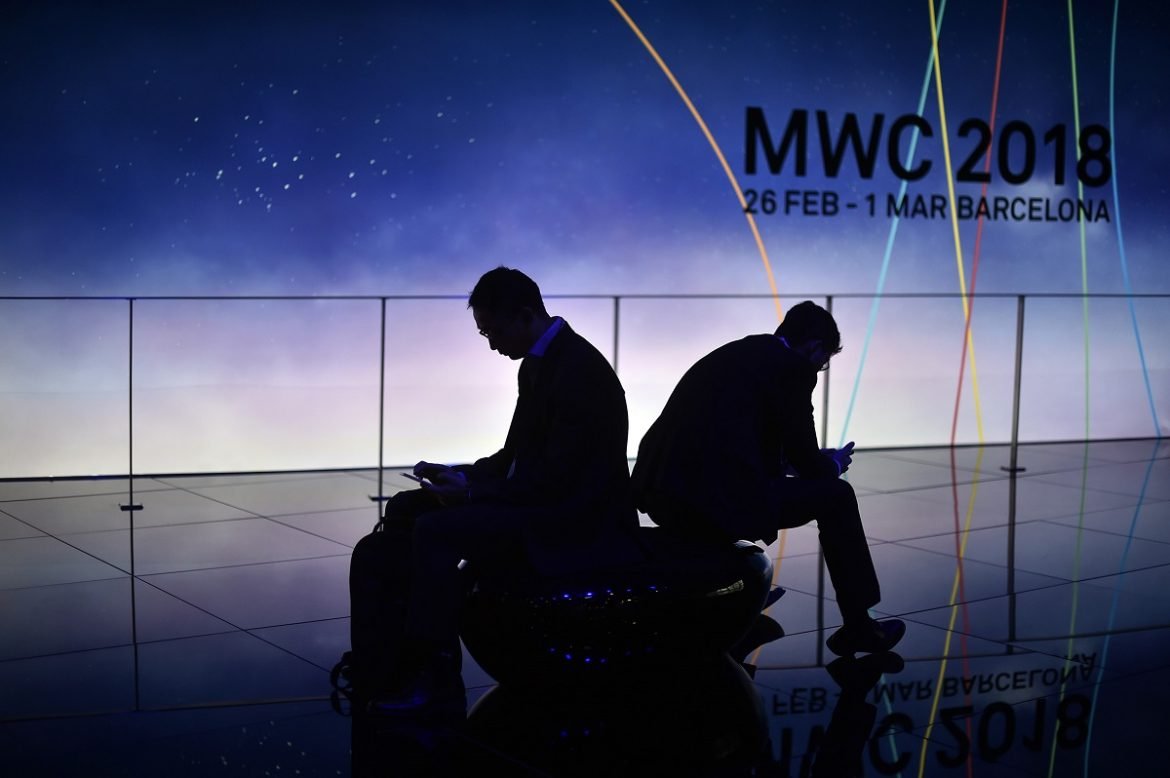[dropcap letter=”N”]
There is no doubt that we are experiencing a social shift caused by digitalisation, which is transforming our productive model, setting trends and determining what is acceptable behaviour in society. The successful Mobile World Congress held recently in Barcelona has left us with the feeling that digitalisation governs both the financial and emotional realms. This year’s event encouraged us to take the leap to 5G, showed us improved network security, the consolidation of the Internet of Things, the increasingly significant role of drones, technology that combines physical and virtual aspects, and applied artificial intelligence. The concepts presented allow us to see how innovation is already shaping our future.
In this context of technological and digital affirmation, it is important to observe the progress of technology with a critical eye to ensure that this revolution is balanced and positive. A critical eye that obliges us to call into question some of the myths so we are not blinded by their fascination. The essay entitled 21 Digital Myths: Reality Distortion Antidote by journalist Per Strömbäck, a renowned expert in the digital sector, is a tirade against the prevailing technocentrism and a warning against the risks of a society that idolises and venerates the power of digital, as if it were a religion. Strömbäck, in under a hundred pages, shows readers how to defend themselves against digital myths. The most noteworthy among his warnings are his highlighting the myths that society has taken as truth, such as the widespread idea that technology is unrelenting and nothing can be done to stop it; and that open technology necessarily fosters an open society. It is also a mistake to deduce that open data, in itself, entails freedom of expression, when in reality the ways in which we are under surveillance are increasing, eroding away our personal freedom. Another mistake, increasingly widespread, is the belief that any disruption is a new type of competence, when it is a new monopoly; and the widespread myth that innovation without permission is what made the Internet great.
Of all the 21 myths, it would be good to focus on some that are particularly important for the business sector, for example “Europe has failed to create successful digital companies”. This myth is easily debunked by citing Skype, Spotify, King (the creators of Candy Crush), video-game company Ubisoft, Vivendi and social video-game firms like Wooga and Big Point.
Of all the 21 myths, it would be good to focus on some that are particularly important for the business sector, for example “Europe has failed to create successful digital companies”. This myth is easily debunked by citing Skype, Spotify, King (the creators of Candy Crush), video-game company Ubisoft, Vivendi and social video-game firms like Wooga and Big Point. Strömbäck says: “Europe’s digital opportunity lies in the creative economy, not copying the economy of surveillance of the 10 top Internet companies” like Google and Facebook. Another myth to eradicate is that “The Internet will save the news”. The business model used by paper publications based on more advertising income for more readers doesn’t apply to digital media: companies didn’t warn that making the Internet free would impede them from meeting expectations. They didn’t take into account the fragmentation of the market. They didn’t take into account concepts like buying traffic or CPM (cost per thousand impressions). The effect has meant revenue from readers purchasing traditional paper news has plummeted, taking advertising income with it. Two additional aspects are the appearance of digital native media that better exploit the potential of the Internet than traditional outlets, like the Huffington Post, and the capacity of Google and Facebook to impose their own rules of the game, driving up traffic and, with it, unique users. The perfect storm came with smartphones and the mobile web, allowing readers to access contents anywhere. This fact blurred the traditional role of readers, who could now read anytime and anywhere, dethroning the ritual of buying the newspaper first thing in the morning. The solution Per Strömbäck sees is for tech giants to agree or be obligated to share their advertising revenue, with transparent readership figures and journalistic ethics regarding their online publication channels. However, of all the myths discussed in this essay, the one that has caused the most damage to creation, production, distribution and exhibition of contents is the same one that has had the best fortune: “Copyright stands in the way of digital revolution”. Progress, in addition to piracy, theft, appropriation and copying the achievements of others has led the role of content to be undervalued, making it something to be plundered by anyone who sees it. The mistaken idea on which the myth is based, that creators can’t earn money from intellectual property without middle men managing it, expresses the extent to which digitalisation has forged a model that tends to destroy the old world in favour of a new one, where everything has value except creators’ work. An image that has made large entertainment corporations conservative, reactionary to change and emerging online companies into spirited privateers authorised to snatch others achievements. Per Strömbäck’s essay should be read as a warning of a change in direction that is needed to better channel the way we are using the digital arena so that the revolution doesn’t do away with the rights we have won.
References the book by Per Strömbäck published in Spanish by Ediciones Quinto 20 – Hijos de Vega Impresor.



















